The image below shows the hilts of Swords 17 and 3 side-by-side (I cropped the Sword 17 image and brightened it up a bit to bring out more details). While the hilt of Sword 17 compares fairly well to the hilt of Sword 3 (the California sword), however, I believe I do see a few spots where Sword 17 is less detailed: the lions' paws on the knees, the beard, and the grain of the wood seem less distinct in Sword 17. It would be nice to examine this one firsthand, have a look at the blade,and create a 3D model that could be directly compared to the one of the California sword.
|
The owner of Fake Hercules Sword 17 has sent some additional photos of the hilt and the portion of the blade nearest the hilt. Based on the blade length, shape, and apparent amount of detail on the Hercules figure, I speculated previously that Sword 17 might represent a generation that immediately post-dates the "F" swords (best represented by Sword 3 aka the California sword). Here are the new photos as they were sent to me: At first glance, I see nothing in these photos that tells me I'm wrong about the placement of this sword. The blade clearly has no fullers, and the figure does seem to be fairly detailed relative to swords from the "J" and later generations.
The image below shows the hilts of Swords 17 and 3 side-by-side (I cropped the Sword 17 image and brightened it up a bit to bring out more details). While the hilt of Sword 17 compares fairly well to the hilt of Sword 3 (the California sword), however, I believe I do see a few spots where Sword 17 is less detailed: the lions' paws on the knees, the beard, and the grain of the wood seem less distinct in Sword 17. It would be nice to examine this one firsthand, have a look at the blade,and create a 3D model that could be directly compared to the one of the California sword. Here's what I've been doing with my spare time since late January: Here's a video so you can see it from all sides: I'm pretty pleased with the way this turned out, but I'm also not emotionally attached to it (at least not yet, anyway) and my intent is to try and sell it, probably this spring or summer after I have a chance to enter it in a competition and/or include it in the show I'm scheduled to have in Columbia in May. I've got about 34 hours of work in this one, so the minimum I'll take in cash is $2000. I'll also consider interesting trades for all or part of the price, for example: WWI or WWII firearms (particularly a vintage, working M1903 Springfield or M1 Garand), stuff related to WWII or Cold War military aviation (anyone got a MiG-15 instrument panel?), flying lessons, Foo Fighters tickets, a mid-1970's Trans Am, a Fender Telecaster with character, or a significant donation to an organization such as the ACLU that fights to protect civil liberties. If I can't sell it or trade it, the roosters can live in my office. I made this sculpture not because I'm enthusiastic about cockfighting or have an overabundance of school spirit. Besides my general affection for roosters (which will fight among themselves whether or not humans gamble on the outcome), I was attracted to the technical and artistic challenge of putting two birds in the air and capturing their energy and motion. After looking a lot of pictures of cockfights, I found a drawing that I liked and used it as my reference. Here it is taped to a plastic bin in my garage: That's what I was going for. And here's how I made the roosters:
The roosters needed to be done today, and I'm glad I could make that happen. (My wife took the kids out of town, so I've got more flexibility than usual. I may spend my evening watching Mad Max: Fury Road for the second night in a row). If you're interested in owning these fine birds, check and see if you've got any of these things taking up space in your attic: Let me know what you think. I'm going to call it a day and have a glass of wine with my new friends.
Maybe you thought you'd never live to see the documentation of Fake Hercules Sword Number 24. Congratulations: you made it. The 24th sword comes to us from Matt Sea, who emailed me about his sword a couple of days ago. He says he acquired the sword in 1998 during a family visit to Pompeii. The sword was purchased from a roadside vendor. Sea's parents "remember the vendor we bought it from had various swords, armor, and things like that. The vendor was also near where our tour bus dropped us off near the entrance of Pompeii." Matt says he sanded the patina from parts of the sword when he was young. Here are some photos: In the last image of the front of the blade (immediately above), a vaguely Texas-shaped depression is visible. I made an illustration showing the comparable areas of the other swords that we've classified as "Type CS." The same depression is clearly visible on the Cvet sword (Sword 12). I'm pretty sure I can see it in the photo of Sword 13 (Alejandro), and it's possibly (barely) discernible on Sword 10 (Florida eBay). I can't see it on Sword 15 (Frioacero). What does this mean? If that Texas-shaped depression -- clearly visible on the Sea and Cvet swords -- isn't present on some of the other swords we're calling CS, we're going to have to subdivide.
I'm hoping to get a chance to examine Sword 24 firsthand. It will be the first CS I've been able to look at up close. If my current chronological model is correct, the metrics of the Hercules figure on Sword 24 should fall somewhere between those of the Italian eBay (Type J) sword and the Design Toscano sword. The short Palmetto Scene piece about my scrap metal art is now available online. I wish I had gotten a haircut first, but I guess you go to war with the haircut you have, not the haircut you want. Enjoy! For those of us that pay attention to how "fringe" claims about the human past are related to racist political agendas, the connections are often so obvious as to border on the mundane. The last time I wrote about such things (in my discussion of the cartoon-like ideas about race and prehistory that underpin the Alt-Right's vision of making America great again) I got an earful from people uncomfortable with the notion that there is or could be a real connection between the fake history promulgated by white supremacists and the decisions made by our new government. In my opinion, it's clearly evident that our interpretations of the past matter a great deal to our actions in the present. And it's incredibly naive to assume that there's some kind of natural firewall that insulates the levers of power from the demonstrably false ideas about the past that are the stock-in-trade of "fringe" theorists. It's an objective fact that white supremacists were not disappointed that Donald Trump was elected president. Whether they will be disappointed by what the Trump administration actually does, of course, is a different question. Whatever happens, however, it's clear that Trump's ascendancy has encouraged and emboldened white supremacists across the country. My example today provides another data point illustrating the triangulation of white supremacy, "fringe" history, and contemporary politics. Patrick Chouinard's book Lost Race of the Giants was published in 2013. I bought it back then as I began working to understand where all this business about giants was coming from. I read the first part of it but then gave up and didn't finish -- my impression was that it was a poorly organized, unoriginal mess that recycled much of the same material as the other books on giants that I had already been through. I got bored, so I stopped reading. Lost Race of Giants was published by Simon & Schuster, which maintains an author page for Chouinard. Just yesterday, Simon & Schuster announced that it was dropping a book deal with Breitbart editor Milo Yiannopoulous in the wake of his recent remarks about pedophilia. Since the publication of his 2013 book on giants, Chouinard (aka Patrick Fox) has shifted his focus to positioning himself as a vocal proponent of a basket of "lost white superior Aryan giant Atlantean race" ideas that can be sold to and consumed by white supremacists. Here is a flyer, for example, promoting Chouinard's services: Here is Chouinard's Twitter page: There's no ambiguity about where Chouinard stands on the relationship between his white supremacist agenda and his claims about the human past. In this interview from January of 2017, Chouinard (going by the name of Patrick Fox) says that he is "forever dedicated to the pro white cause" and joined the National Socialist Movement in 2016. As far as our current political situation, Chouinard states that ". . . we should promote a reverse or counter youth culture based on NS straight-edge values that could take advantage of the increasing awareness of pro-white values and ideas that have been launched by the success of Donald Trump. I do not think Trump is our man by any means, but his effect is clear and has been positive for us. I see NS Straight-edge youth as the shock troops or our movement and can be used the way Tom Metzger used the skinheads several decades ago." Setting aside questions about the quality of Chouinard's "research" and my feelings about his political views, I find myself oddly appreciative of his decision to clearly identify as a white supremacist. His forthright declaration stands in contrast to the milquetoast evasions of others who have written on a similar set of "fringe" topics in the same publications as Chouinard. Say what you want about his claims, but at least he's clear about where he's coming from.
I just received the first photos of Sword 17. I don't have a lot of time today, but I wanted to pass along these photos, the information that we have about the sword, and few initial thoughts. I think this sword is potentially very important, possibly filling a gap between the Type F swords and the later "J" generation. First, here are the photos we have so far, emailed to me by the owner: Here are the two comments by the owner left on this blog post: "ladies and gentleman I have the exact match of that sword . I tried to contact the show but got no answer ( I wonder why). I purchased the sword some 35 years ago in a roman flee market in Rome. I took it to the Metropolitan Museum of Modern Art to be examined buy the curator of the museum in new York .he said it wasn't a real roman sword that was possibly made for a Cecil B DeMille movie. I have it hanging on my wall where it will probably be for a long time. Like the man said that show is all show and no go. I am posting my email address I have nothing to hide all you suckers excuse me believers can contact me if you wish. 3/20/16" "Sword is brass or bronze. I was told 40 years ago by the curator of the Metropolitan Museum of Modern Art the sword was possibly made for a movie. There is a cast mark on the back of the handle the sides also seem to be two pieces combined together. I bought the sword in Rome at a flee market. The sword might be a collectors item if you're into old movies." My first thought in looking at the photos was that Sword 17 looks like a Type F but without the partial fullers. While we don't have a good close-up of the front of the Hercules figure, it's evident even from the long shot that the detail is pretty good (the beard, belt, and lion's paws are discernible and it's got the two-bumped log). The blade is longer than the J blades, has "nicks" like the F blade, and is lacking the "J" anomaly. So it's like an "F" in many ways, but there aren't any fullers visible. Here's a side-by-side comparison of the Sword 3 (California) and Sword 17, scaled using the tape measures: The comparison isn't perfect because of the oblique angle of the Sword 17 image. It looks to my eye, though, like Sword 17 could easily have been created by simply removing the fullered section of the blade from an "F" sword. If that's the case, it would post-date the "F" generation and presumably pre-date the "J" generation.
At some point soon I'll create of a graphic depicting what I think is the most likely sequence of these things at this point. I'd lay it out like this:
There's more to it than this, but I think this is a reasonable working model of change in our beloved Fake Hercules Swords. I can tell you that more data will be forthcoming, and I hope to be able to examine more of the swords firsthand. I can't think of anything we know right now that falsifies this general sequence -- let me know if I've overlooked anything! I'll post the updated database after I estimate some measurements from the Sword 17 images. On of the main questions in play over the last couple of days in the field concerns the nature of Zone 2, the dark zone of sediment present immediately beneath the plowzone. I vacillated on whether it was a second, buried plowzone or an intact, prehistoric cultural deposit (i.e., a thin midden). Because I wasn't sure either way, I erred on the side of excavating it as though it was an unplowed deposit, having the students shovel skim and piece-plot. This Friday, we finally got to the bottom of Zone 2 in two of the block units (Units 4 and 6). Lo and behold . . . plow scars. So it looks like Zone 2 has been plowed after all. Calling Zone 2 a "plowzone" doesn't end my questions about it. For one, there are subtle lenses within the zone (visible in profile) that seem inconsistent with a plowzone and need to be explained. For two, the variable nature of the boundary between Zones 2 and 3 suggests that, if Zone 2 was originally accumulated as a surface midden, there is the distinct potential that unplowed pockets of the midden remain intact. For three, we need to explain the origin of all the lighter sediment that was somehow deposited on top of Zone 2, burying it and shifting the modern plowzone upward. While I'm not sure we'll be able to answer those questions this field season, I am happy that we've recovered what appears to be a nice little assemblage of Mississippian-age ceramic and lithic debris. We're removing the last remnants of Zone 2 with a shallow level (Level 6, about 5 cm in depth) intended to get rid of the plowscars and level the units off at an even 75 cm below datum. As of the end of the day on Friday, Level 6 was in progress in Units 4 and 6. Unit 5 was finishing up the last of their Zone 2 level (Level 4 in that unit). With Zone 2 removed, we'll now be able to press downward and get a look at what's beneath it. In the wall left by the original machine cut, two good-sized pit features (Features 4 and 5 in the profile drawing) originate in Zone 3. Intact cultural features (i.e., hearths, postholes, pits) should be relatively easy to discern against the fairly light matrix of Zone 3. With work just beginning below Zone 2, it already looks different. In Unit 6, the top of Zone 3 has revealed a couple of large (golf ball-sized) pieces of fire-cracked rock and a charcoal-rich stain that could be the top of a cultural feature. We'll learn more about Zone 3 during our next day in the field.
Meanwhile, in the "downstairs" portion of the site, we finally opened Unit 7 (Jim Legg could not join us, so work on Unit 9 was paused). Unit 7 is a 1m x 2m unit placed to investigate what, if anything, is beneath the deposits exposed in the machine cut. While the short answer, so far, is "not much," the deep sediments are not sterile: there was at least one piece of fire-cracked rock in the second level of Unit 7. I'm not anticipating we'll run into a heavy prehistoric deposit, but at this point we don't have any data about what's down there other than a single exploration I did with a 3" bucket auger. A few more levels in Unit 7 have the potential to tell us quite a bit, as even a relatively sparse occupation will probably be detectable in levels from a 1m x 2m unit. I've found that the notes I make on my website are much easier for me to find later than the things I scrawl on pieces of scrap paper. The shoe fits, so I'm going to wear it whether or not it's interesting or useful to anyone else. I've spend much of my time since Monday working to get the agent-based model I'm currently messing around with (version 3 of ForagerNet3_Demography) to work in version 2.4 of Repast Simphony. Something went awry with my previous installation (2.0) and it made sense to start trying to fix things with the most current version. After many frustrating loops of install/uninstall/reinstall, I finally got a good installation of 2.4 and got my source files moved in and working. One thing that I wasn't able to make functional in the last version was the batch mode. Batch mode lets you run jobs in batches, speeding up computation by farming out the computational workload to different processors or machines, etc. (doing runs in parallel rather than serial). It wasn't too troublesome that I couldn't get the embedded batch mode working before, as the model I'm working with isn't terribly demanding. There are bigger things coming down the road, however, so I was happy to see the batch mode appeared to be active and ready to go with the new installation. I spent most of yesterday trying to figure out how to use the batch mode while preserving the data output format that I've created on my own and that works for me. The way I've written the model, it produces a summary data file at the end of each run. The file (just a simple .txt file that I can open in a spreadsheet) preserves information on all the parameter settings used in the run as well as data on the outcomes. In the Repast/Eclipse batch mode, however, that .txt file wasn't getting produced. I was frustrated to learn that I apparently had to redo all the data capturing in the model so that the software could use something called a "file sink" to collect information. I was then relieved to learn that there was a workaround to using the "embedded system:" you can specify an "Optional Output File Pattern:" The "Pattern" is the name of the file produced by the model. I changed the file name to "TestBatchMode.txt" in my code for the purposes of experimenting with where and under what circumstances the file would be created. The "Local Path" is what you want the file to be called that the batch mode creates (it will appear in the output directory specified above). Check the "Aggregate" box so that it saves the output from each run and then gloms it all together in a single file. I left "Has Header" unchecked because my data doesn't have a header.
Repast seems to be picky about the settings in the "batch_params.xml" and "parameters.xml" files, wanting them to match. I get null pointer exceptions when I clear everything but the random seed out of the files, so I just left a parameter in to keep the software happy (it does nothing, as it's a constant and doesn't affect any of the settings in the model). I'm still testing out the batch mode and the model to make sure everything is working properly. My plan then is to modify version 3 to create version 4, which will include some different mortality settings (which, in turn, will necessitate rewriting some of the code that calculates age-specific mortality outcomes). After all that's done, I'm planning on doing some new modeling work to formally follow up on some preliminary observations I presented at the SAA meetings a few years ago. We had another sunny Friday with highs in the mid-50's. I saw a bee over the weekend, so it looks like the worst of another brutal South Carolina winter is behind us. As I wrote last week, my hope for this Friday was that we would end the day being able to say with some confidence whether Zone 2 (the dark zone beneath the plowzone) is a buried plowzone or an intact cultural deposit. Unfortunately, I still don't have definitive evidence either way. Based on the day's work, however, I'm now leaning more toward the idea that we are, in fact, dealing with an unplowed prehistoric deposit. If Zone 2 is a buried plowzone, we'll expect to see some evidence of plowing (e.g., plow scars or plow-truncated features) at the interface between the base of the zone and the underlying sediments. We're not to that interface in any of the block units yet, however. Because I don't know what Zone 2 is, I had the students excavate it using a shovel-skim/piece-plot methodology. Shovel-skimming involves using shovels to carefully remove thin (e.g., 1/4" to 1/2") slices of sediment. This technique allows you to leave larger artifacts in place as you find them and keep an eye out for changes in sediment color and texture that could be associated with cultural features such as hearths, pits, or postholes. I had the students leave artifacts in place as they encountered them, marking them with a piece of orange flagging tape stuck in the ground with a nail. When the floor became too cluttered with artifacts, artifacts were piece-plotted (mapped individually) and removed. All the sediment that was removed with shovels was passed through 1/4" screen to catch smaller artifacts that weren't detected during the shoveling. If Zone 2 turns out to be a buried plowzone, our careful excavation of it will have been largely an educational exercise (shovel skimming and piece-plotting are techniques that the students need to learn regardless, so that's fine). If it turns out to be an intact Mississippian midden deposit, however, I'll be happy that we excavated through it in a way that may help us learn something about its formation. The deposit has produced several rim sherds and at least one fragment of a pipe bowl. So far, there has been no sign of features originating within the deposit. One of the pieces of information that has me thinking that Zone 2 may be a prehistoric midden is the view now available in the wall of Unit 9. Last week, I pointed at a small section of the base of Zone 2 and noted that it was more abrupt than one would expect in a naturally-formed sediment zone. On Friday, however, I took another look at the Unit 9 wall that Jim Legg is working on and it appears that that abrupt "straight" segment is more the exception than the rule. There also appear to be thin horizontal lenses of sediment within Zone 2, the presence of which seems inconsistent with a plowed deposit. As shown in the photo, the excavation of Unit 9 is now down into the portion of the profile where lamellae become visible. These lamellae -- thin layers of clay-enriched sediment -- become thicker and more pronounced with depth in the profile. They are formed by the movement and accumulation of clay particles (here is an online article to get you started if you want to learn more about lamellae). Jim's excavation has yet to produce any diagnostic lithic artifacts (he's below the depth at which we're still expecting to find pottery) or evidence of intact features. He'll be down to the depth of what I think is a Middle/Late Archaic zone in a few more levels.
I have four quick updates to pass on today: two about archaeology and two about art. Latest Issue of Legacy
Alabama Kirk Points
Upcoming Appearance on Palmetto Scene
Photo of Rooster -- I Mean "Gamecock" -- Sculpture in USC Today
|
All views expressed in my blog posts are my own. The views of those that comment are their own. That's how it works.
I reserve the right to take down comments that I deem to be defamatory or harassing. Andy White
Email me: [email protected] Sick of the woo? Want to help keep honest and open dialogue about pseudo-archaeology on the internet? Please consider contributing to Woo War Two.
Follow updates on posts related to giants on the Modern Mythology of Giants page on Facebook.
Archives
January 2024
Categories
All
|
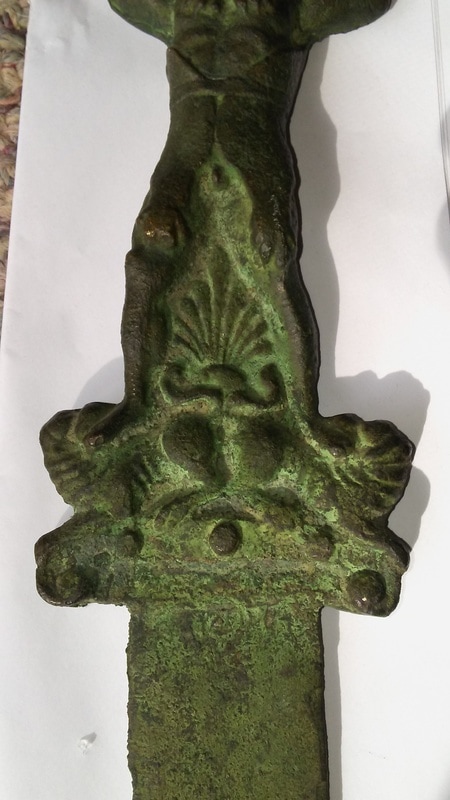
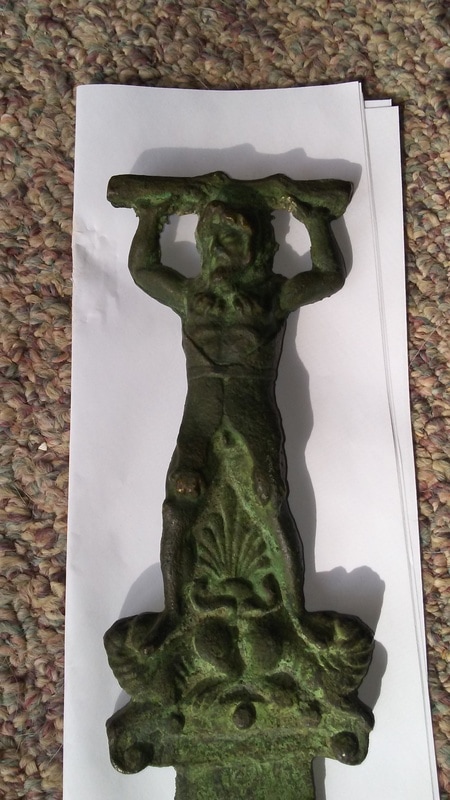
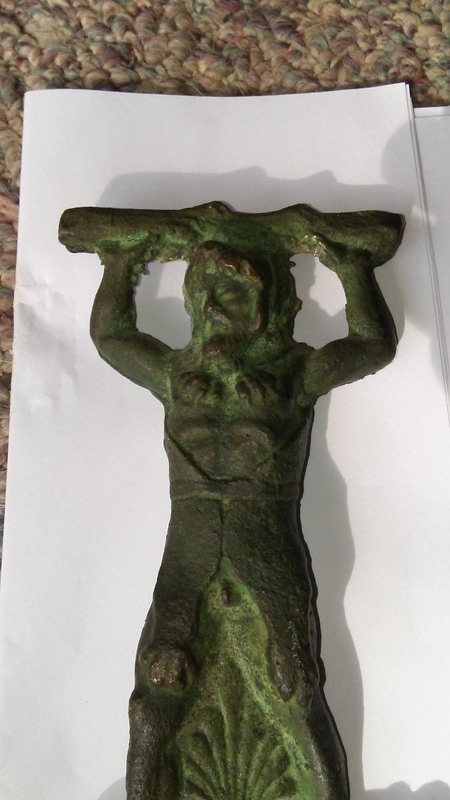
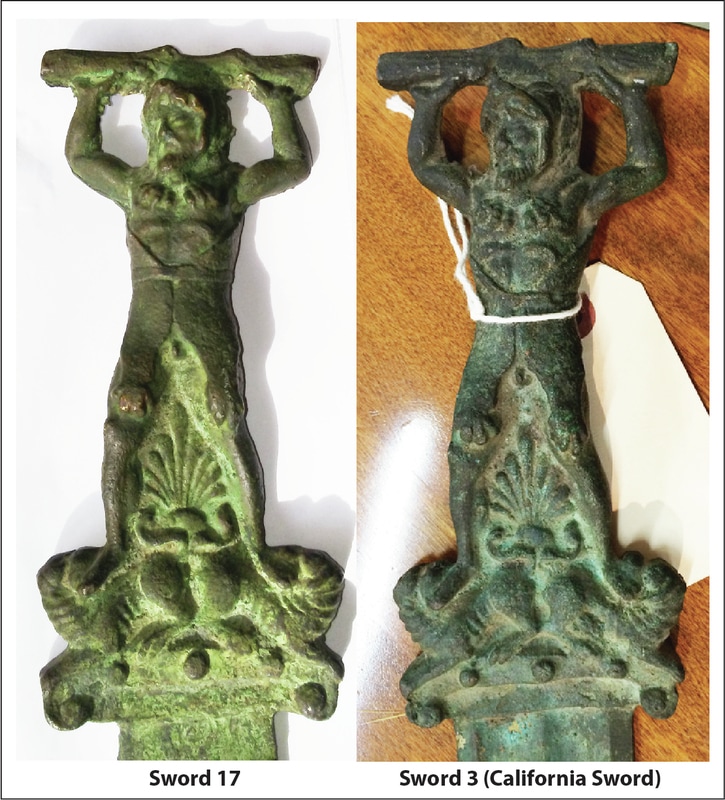
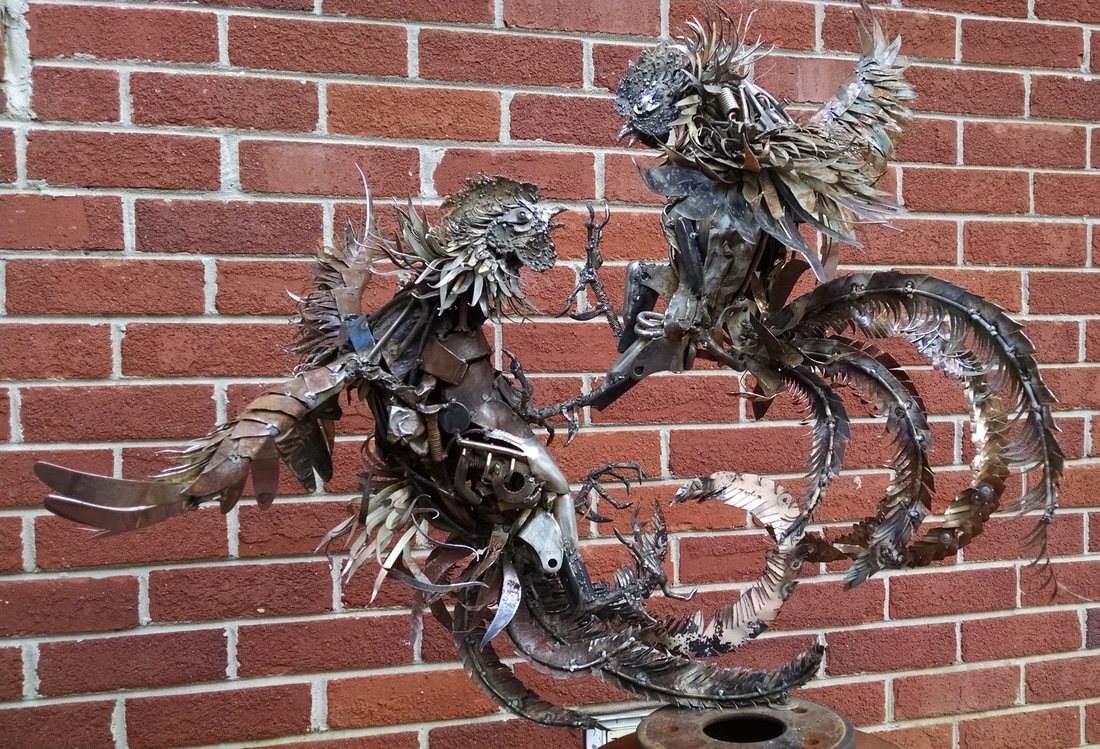
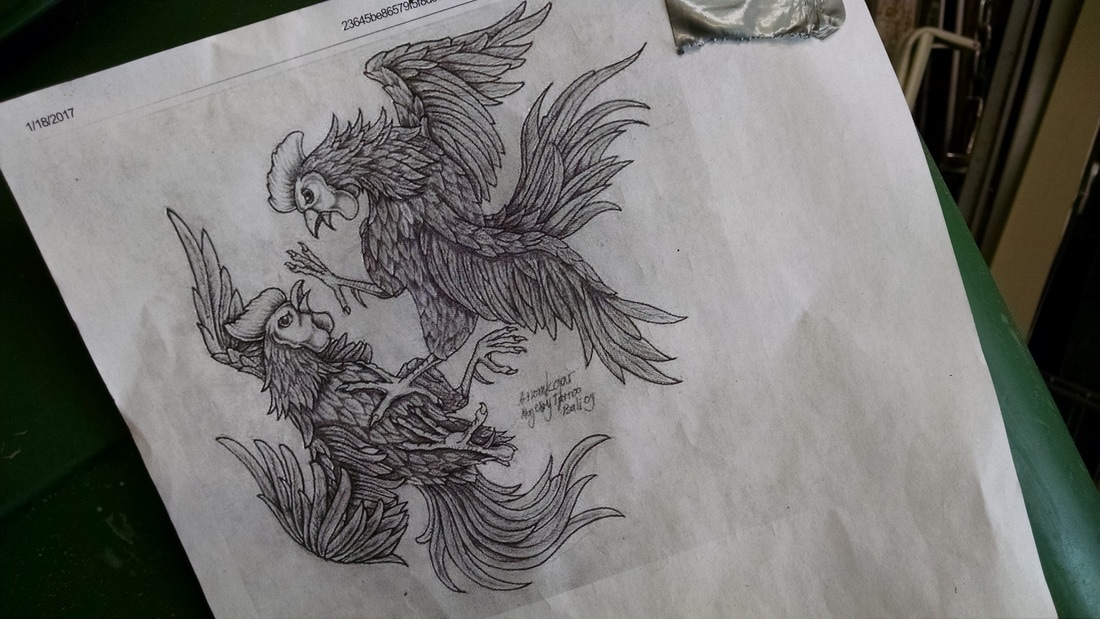
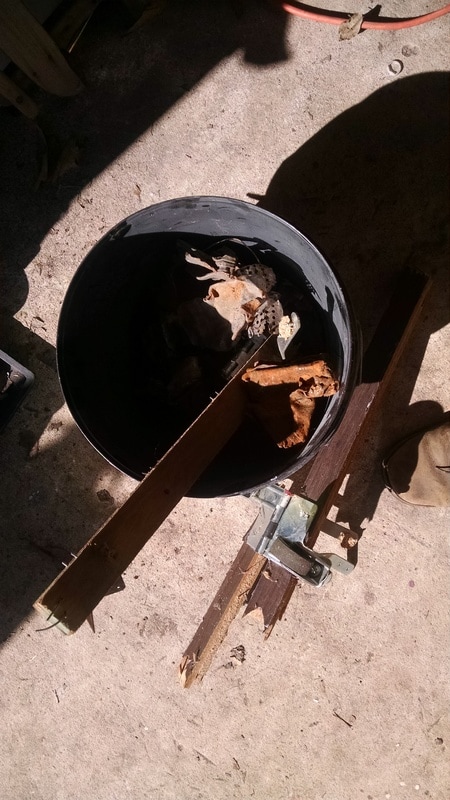
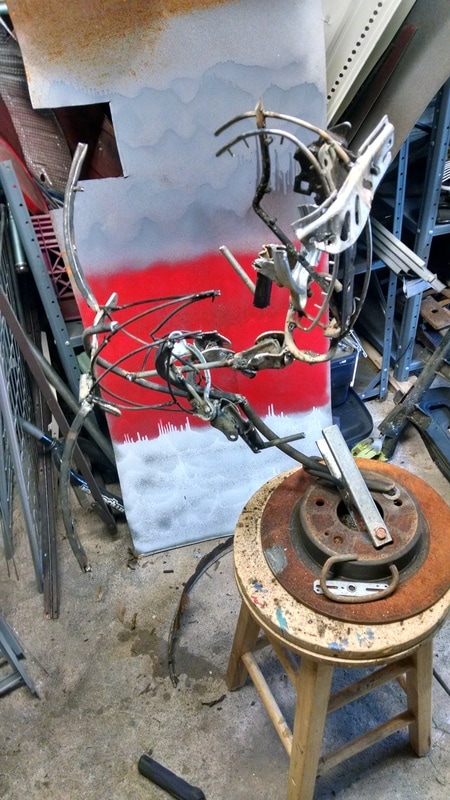
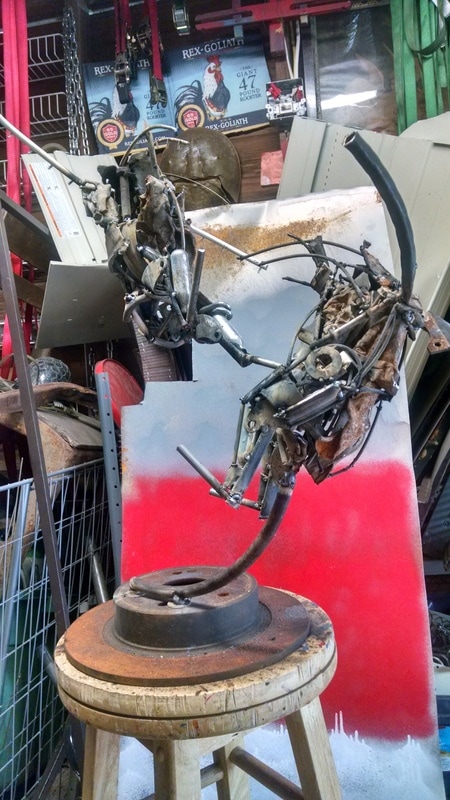
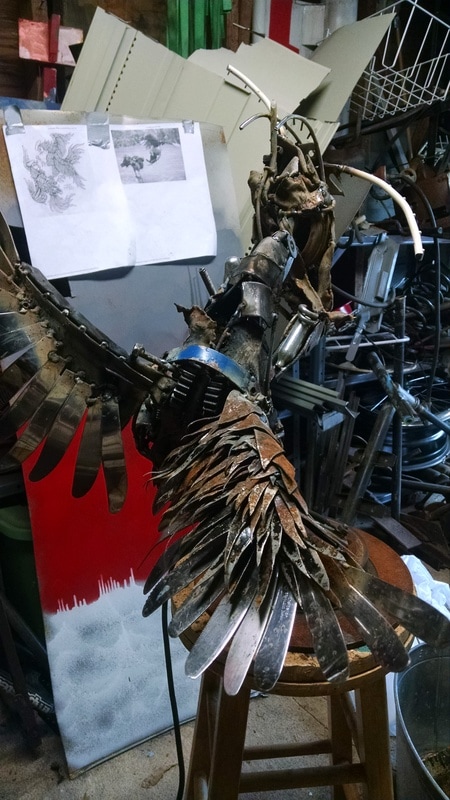
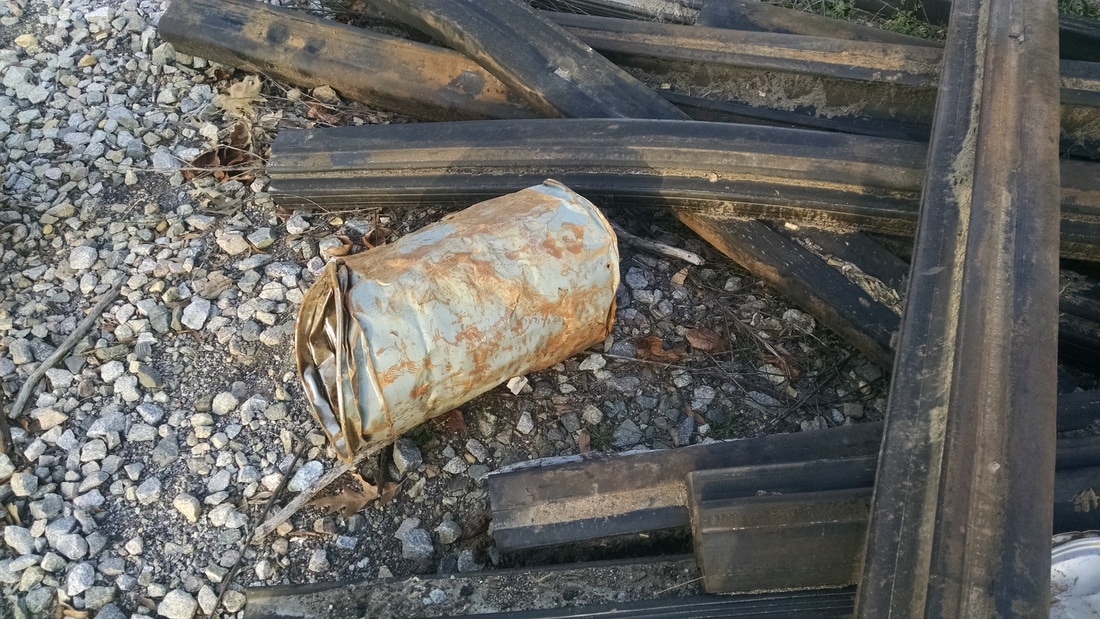
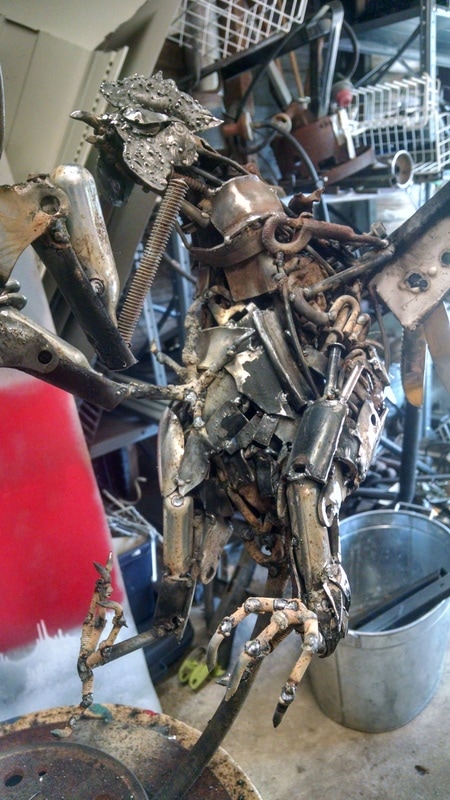
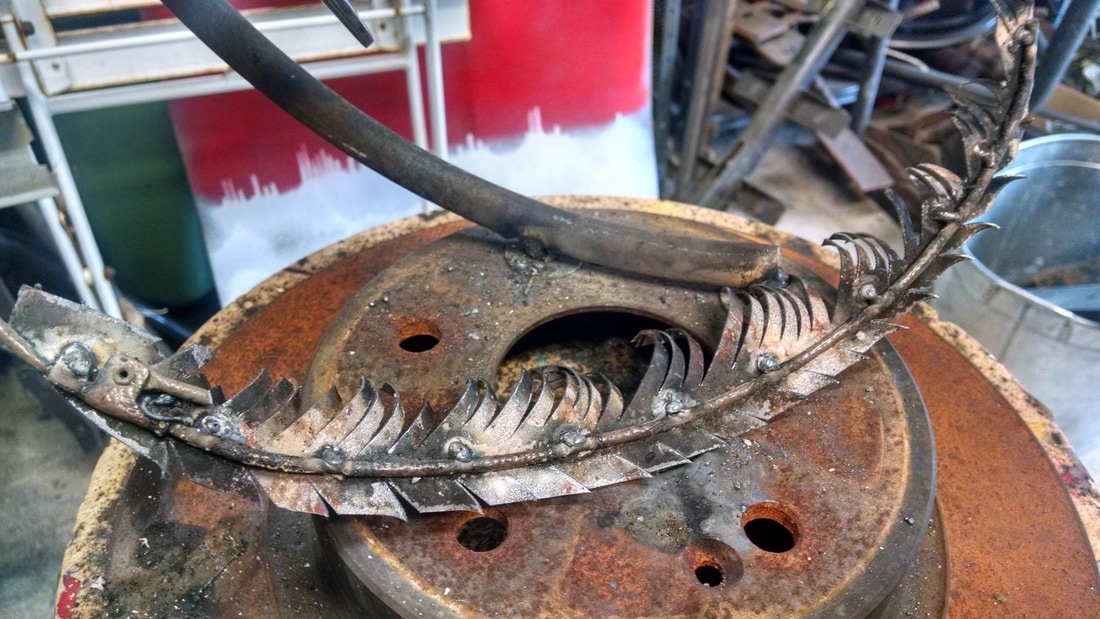
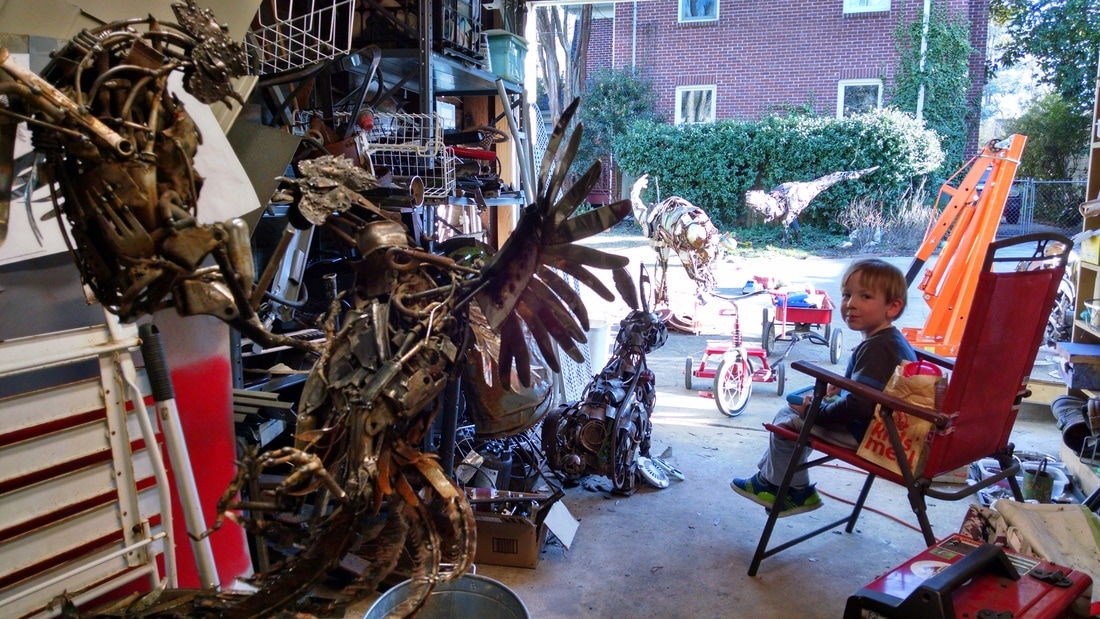
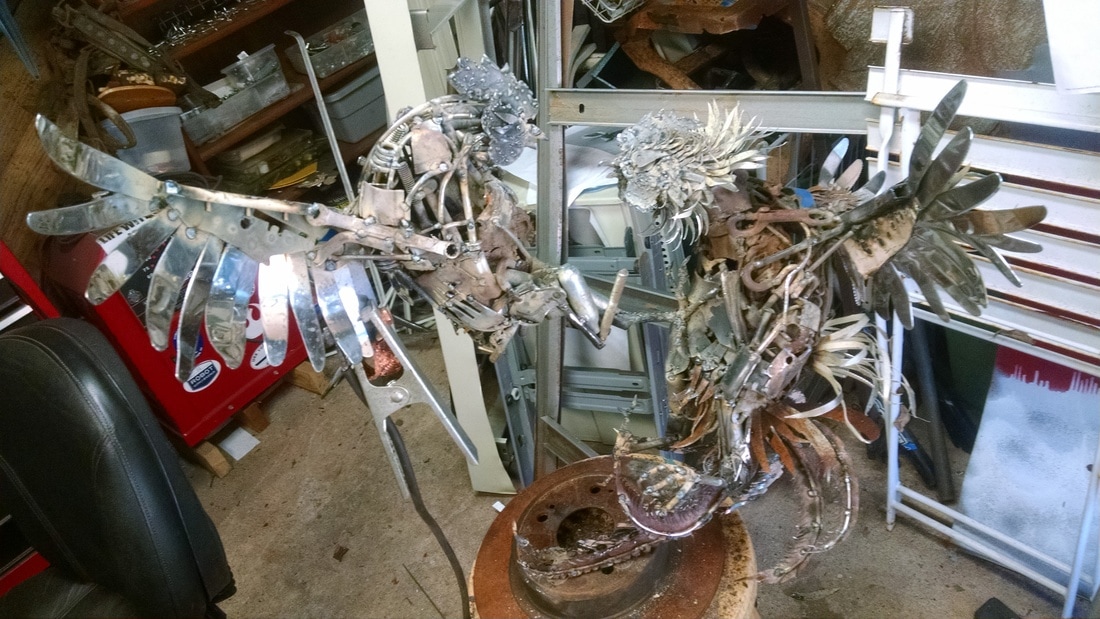
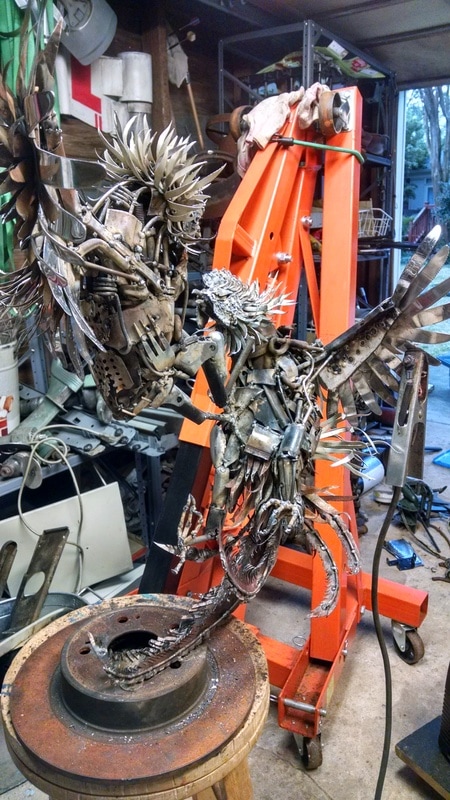
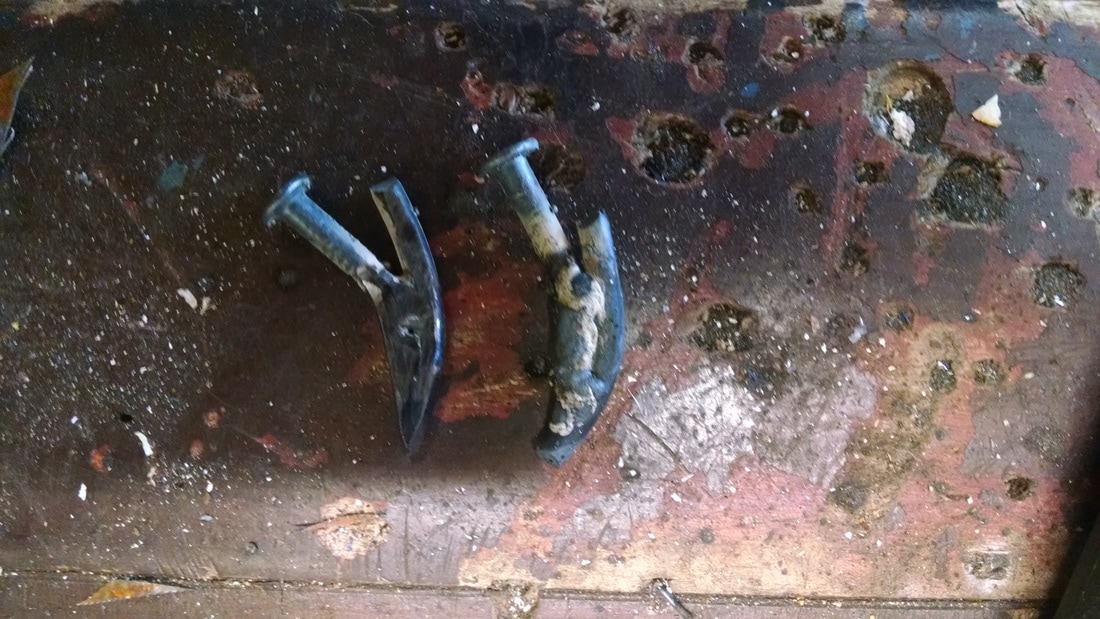
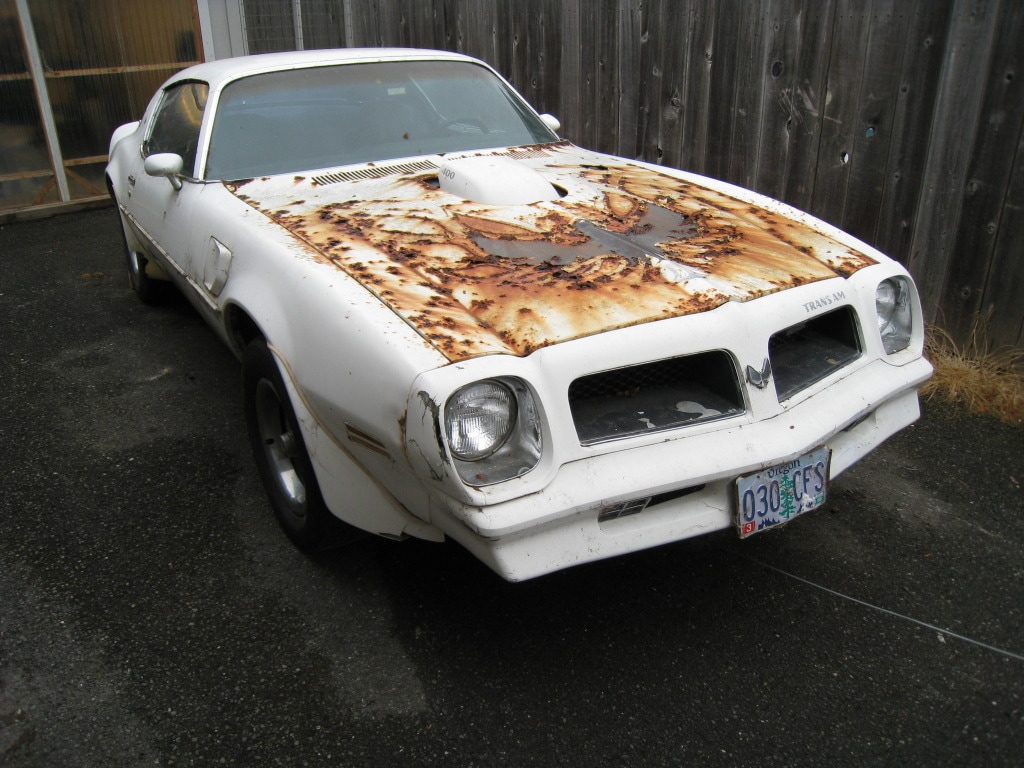
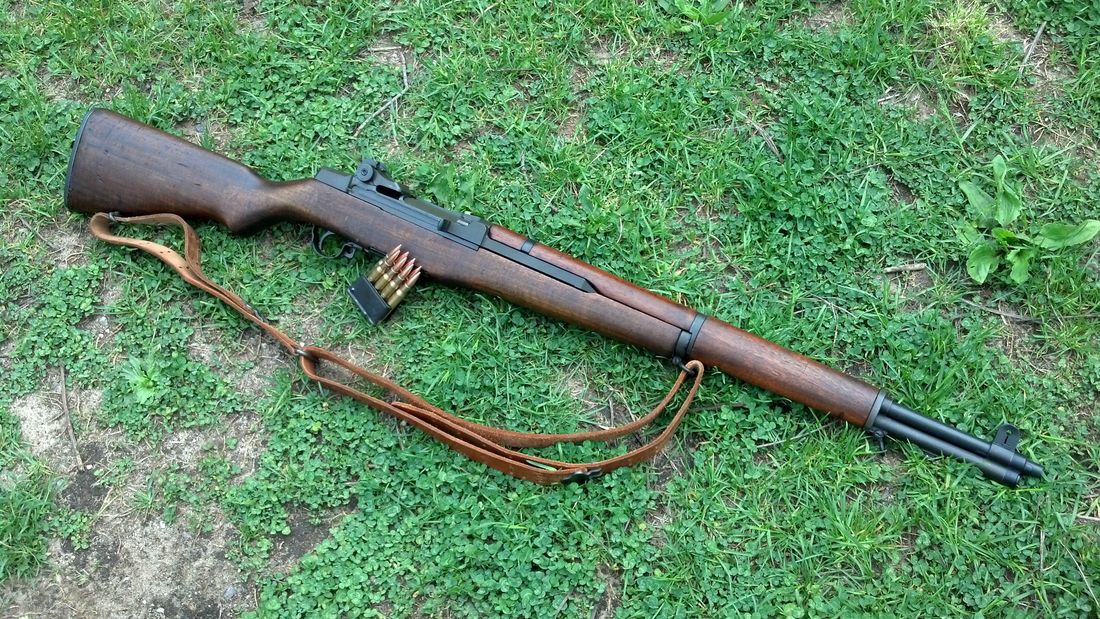
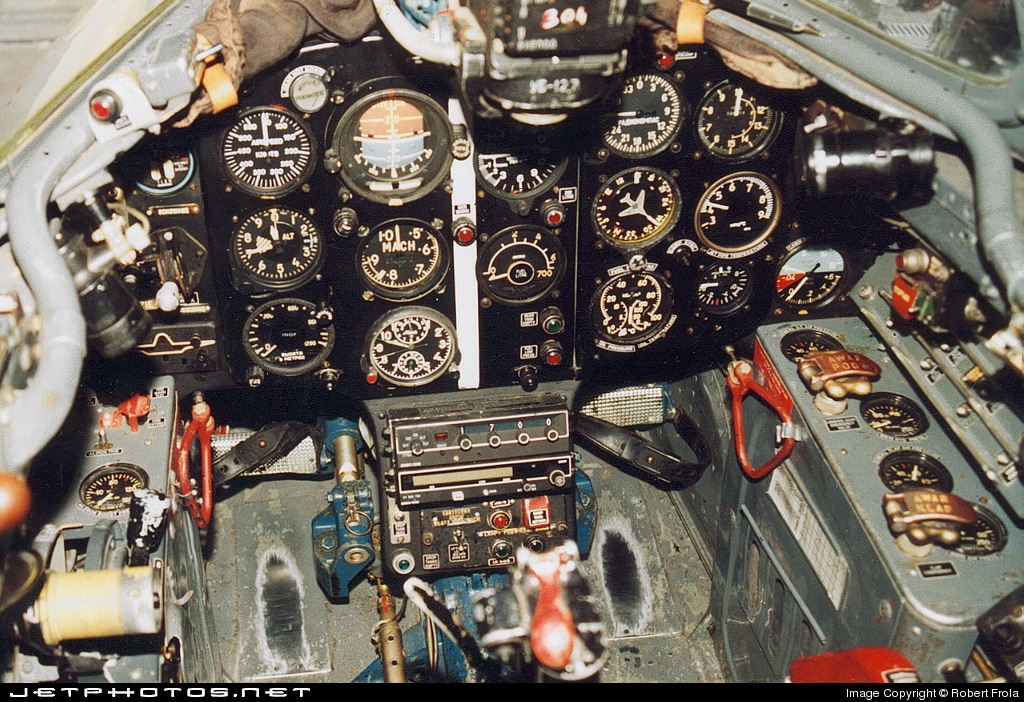
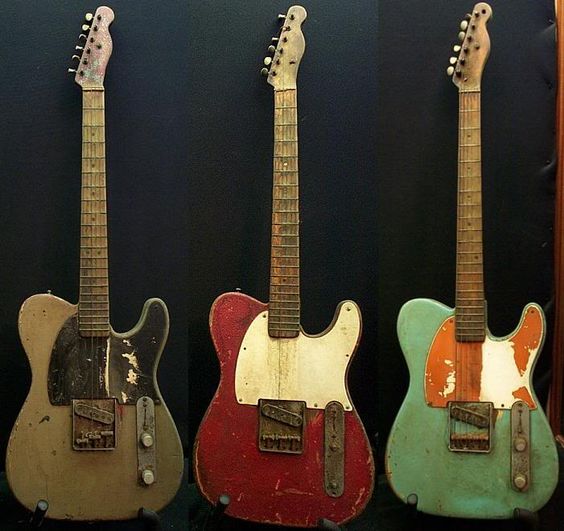
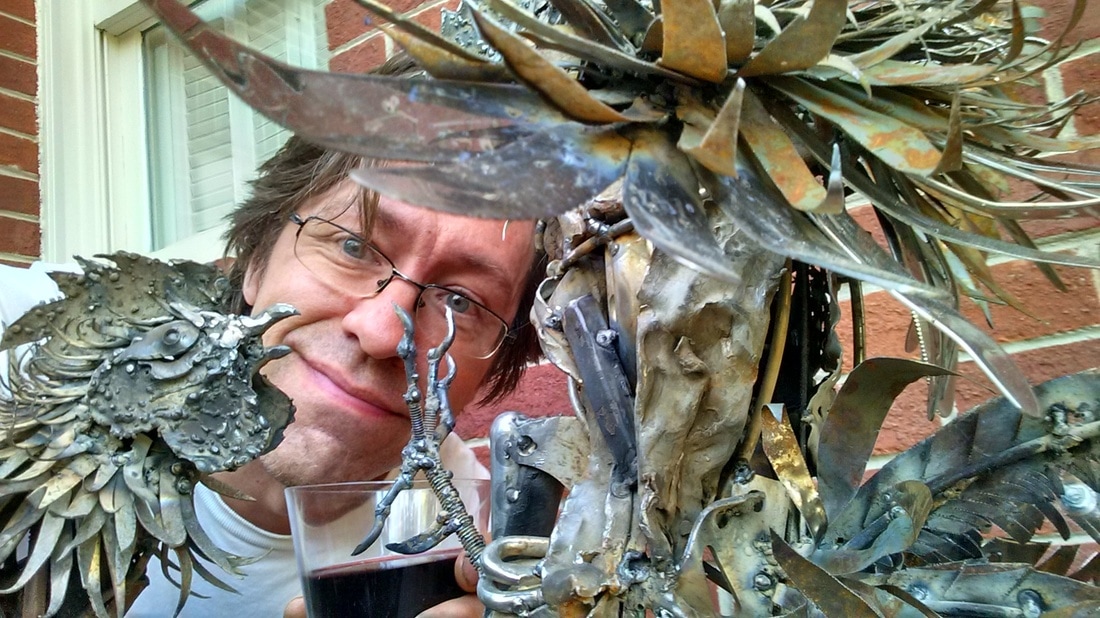
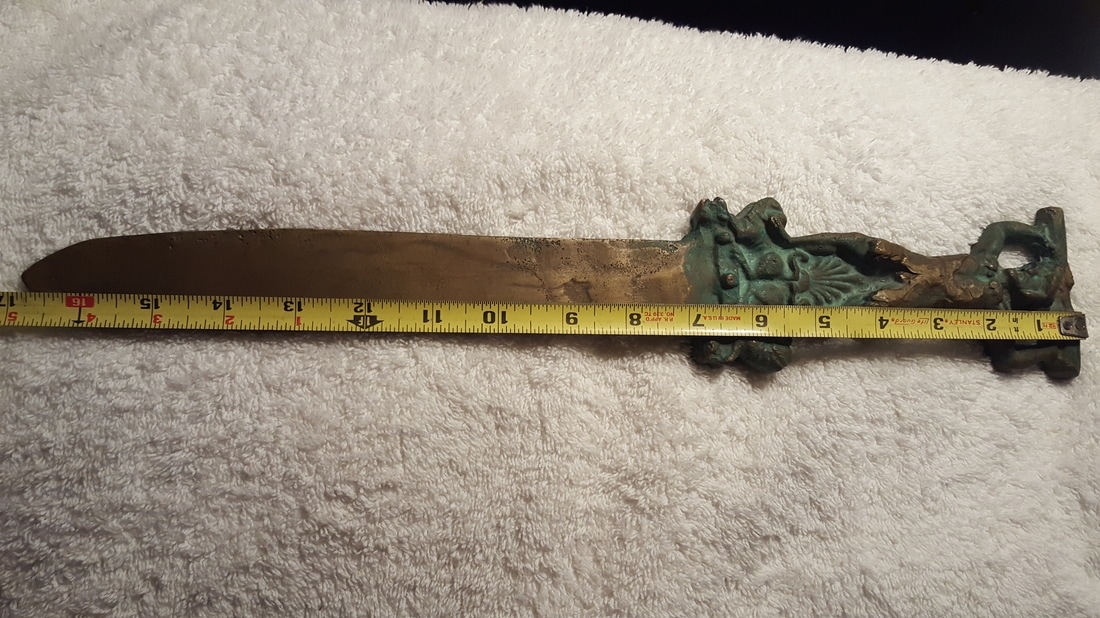
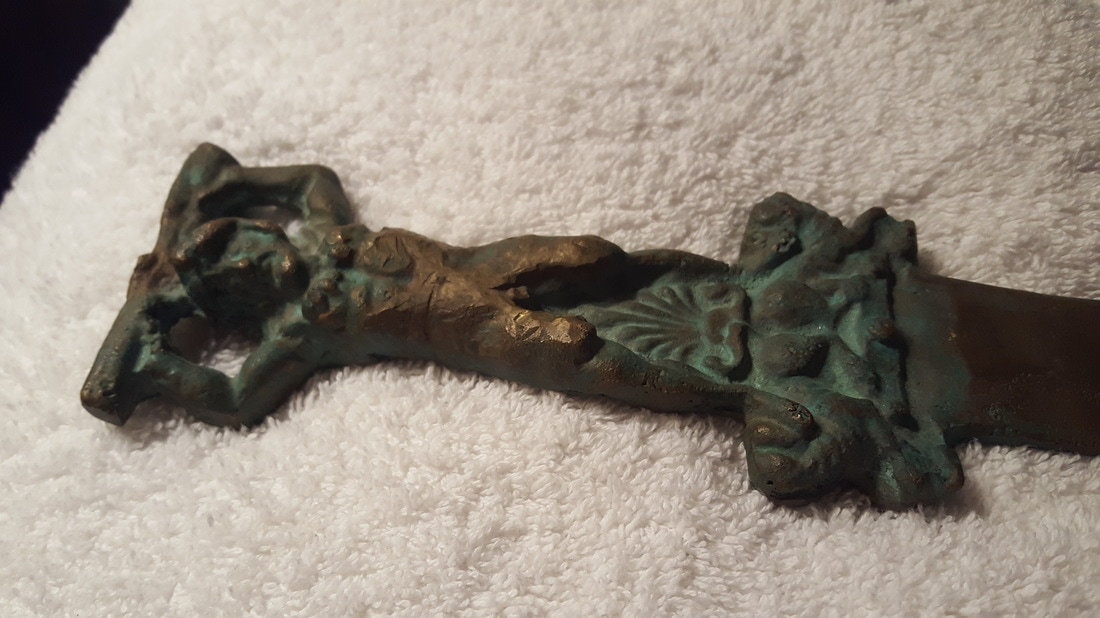
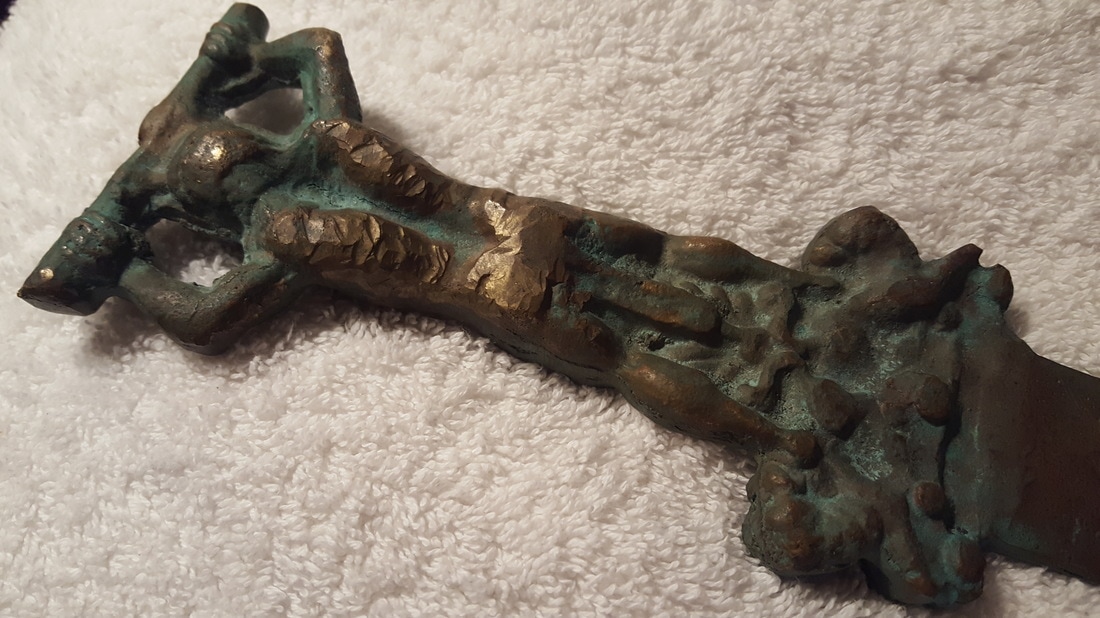
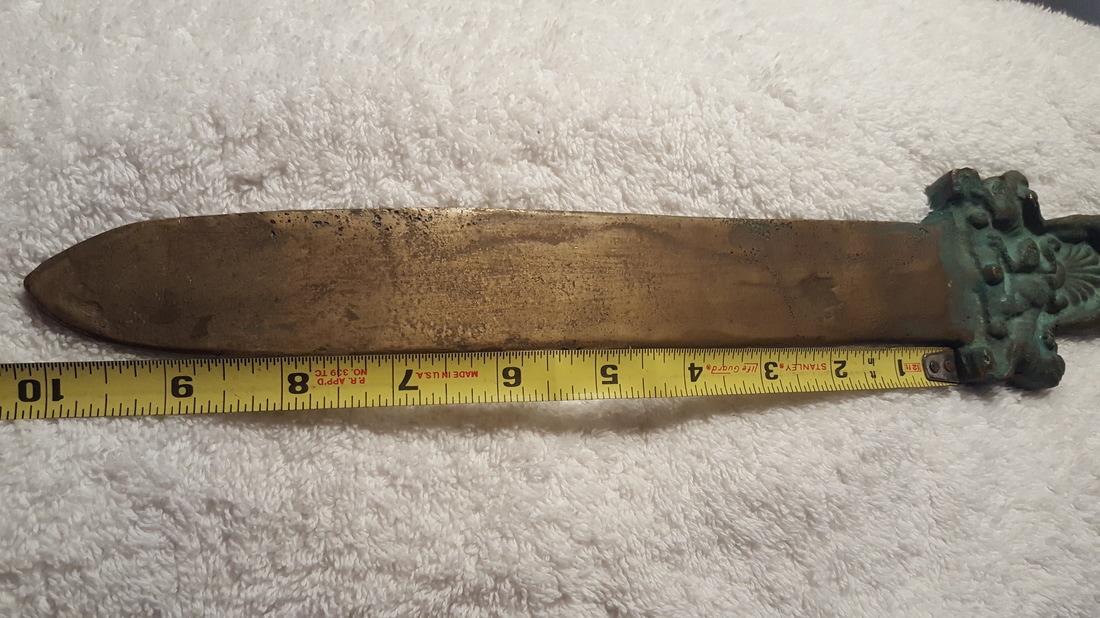
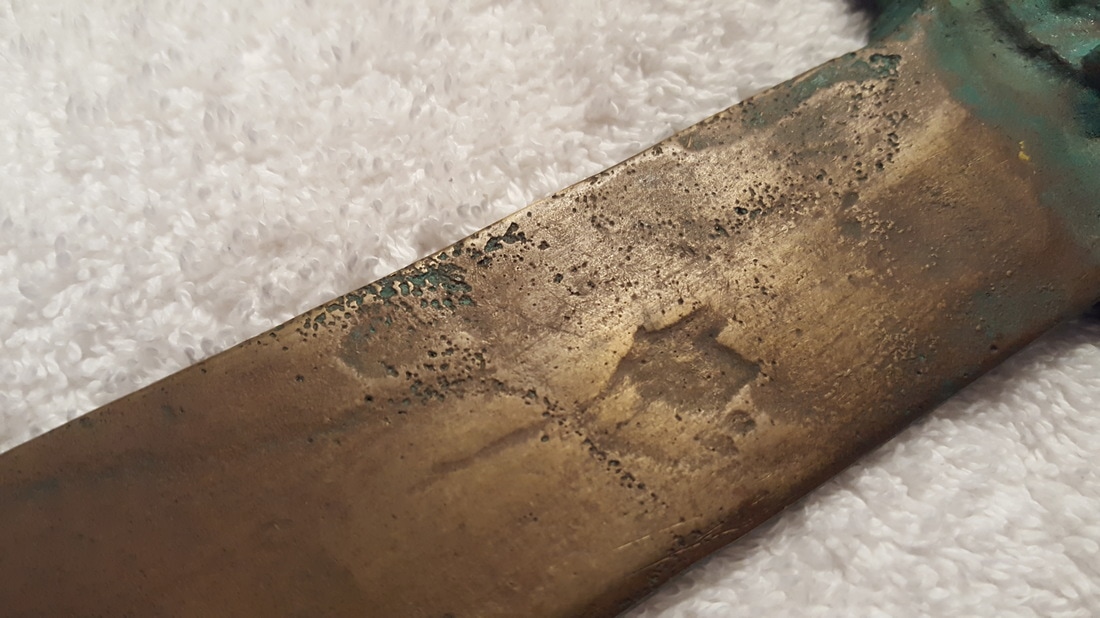
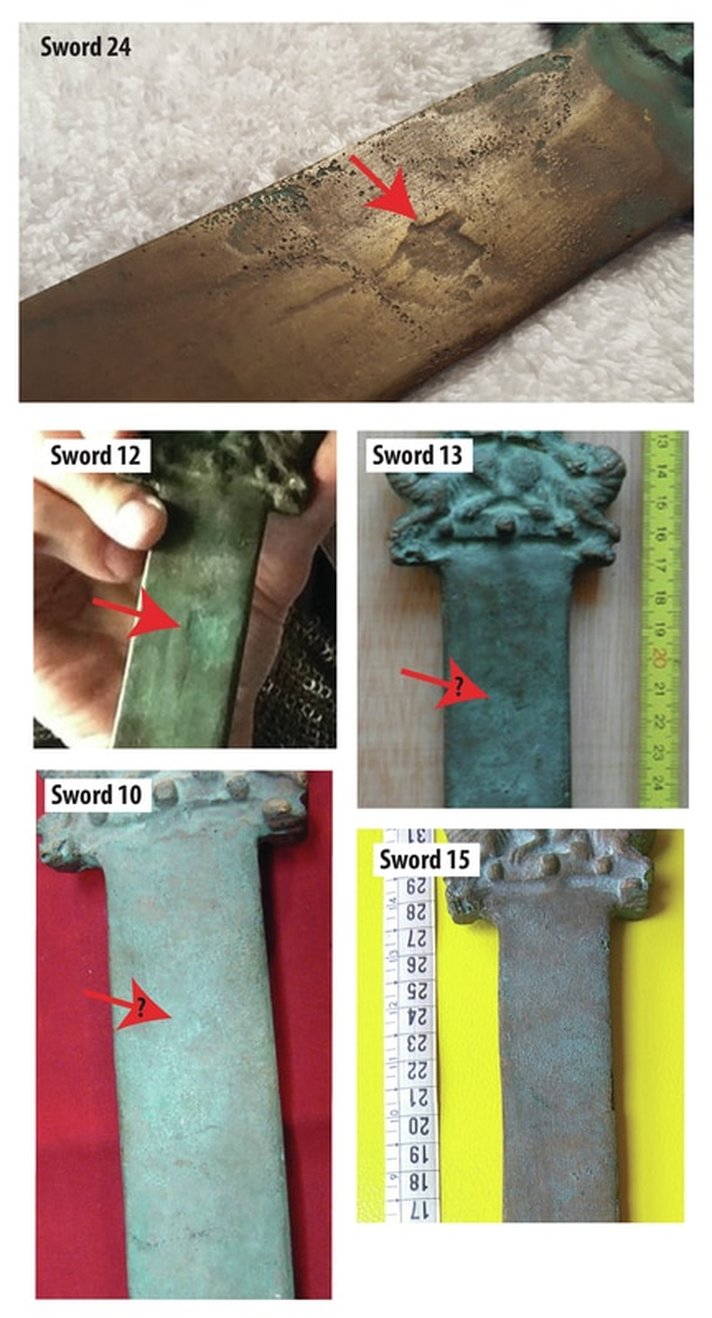
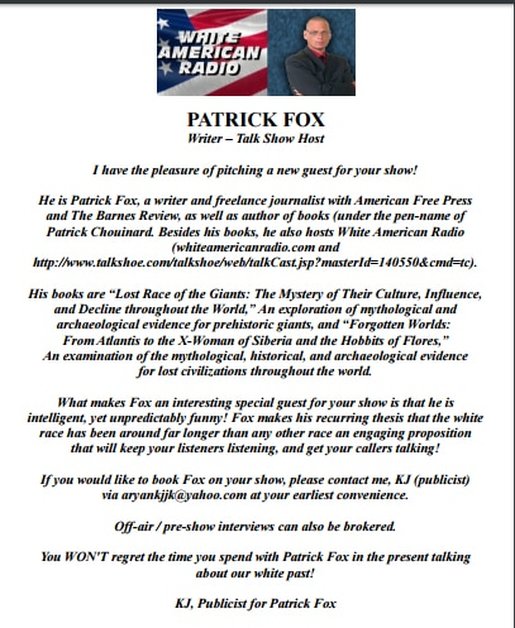

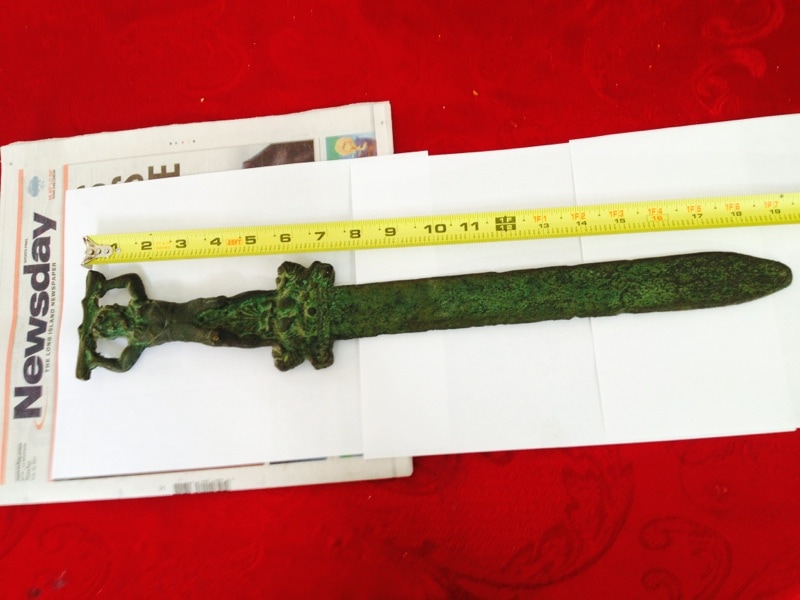
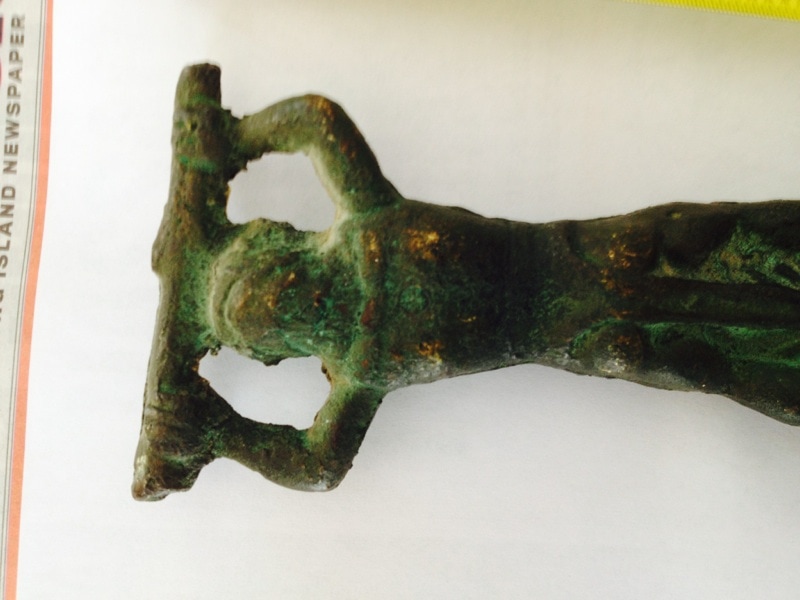
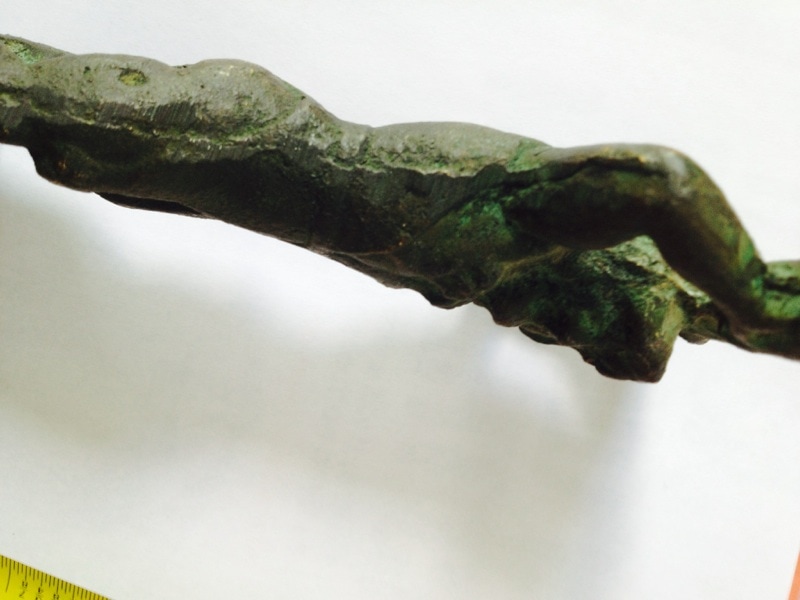
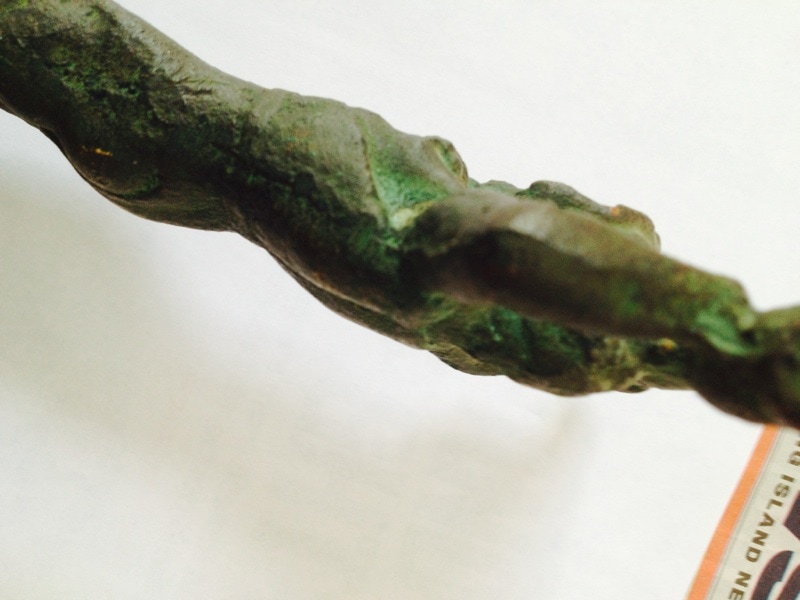
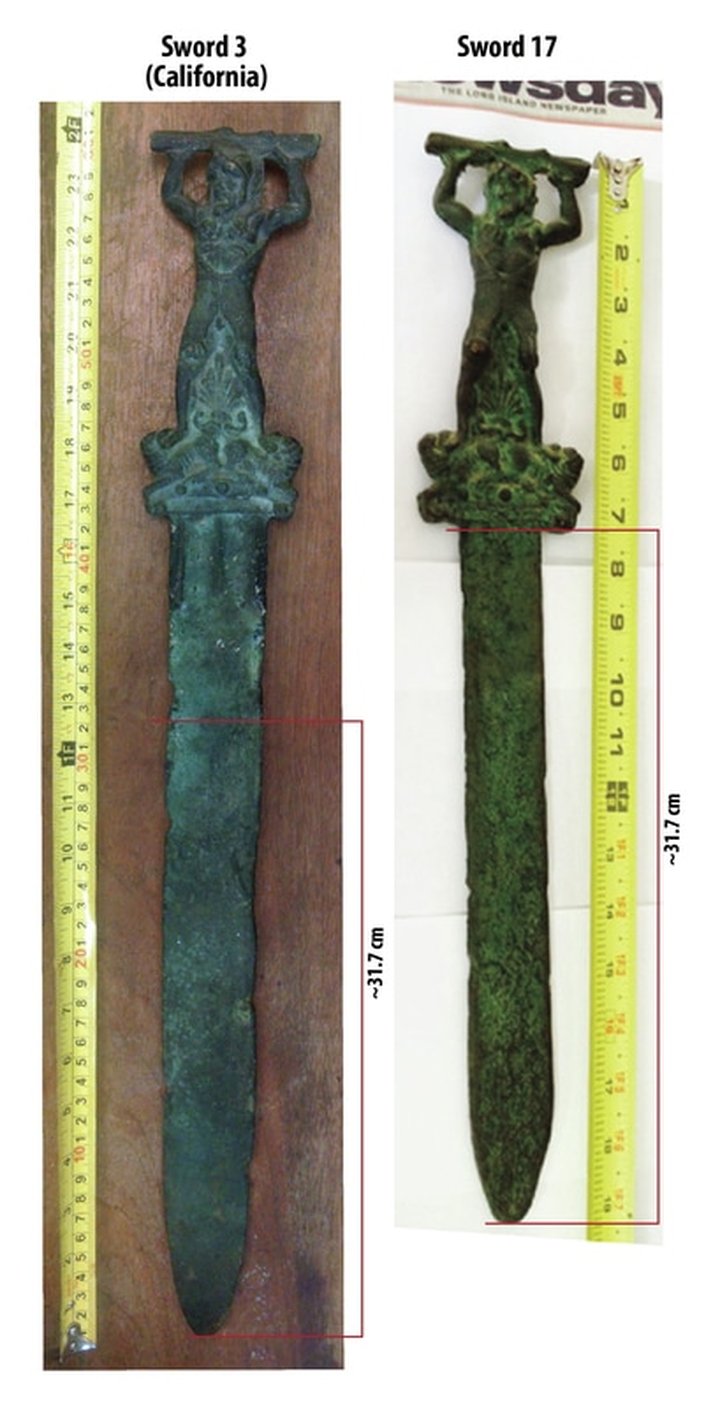
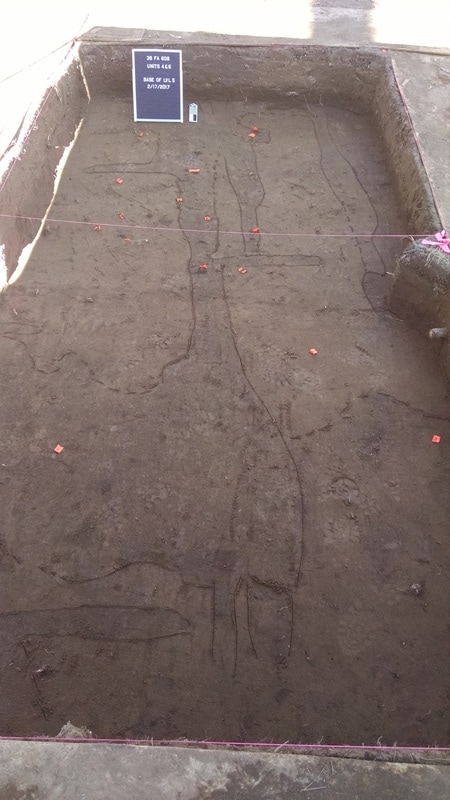
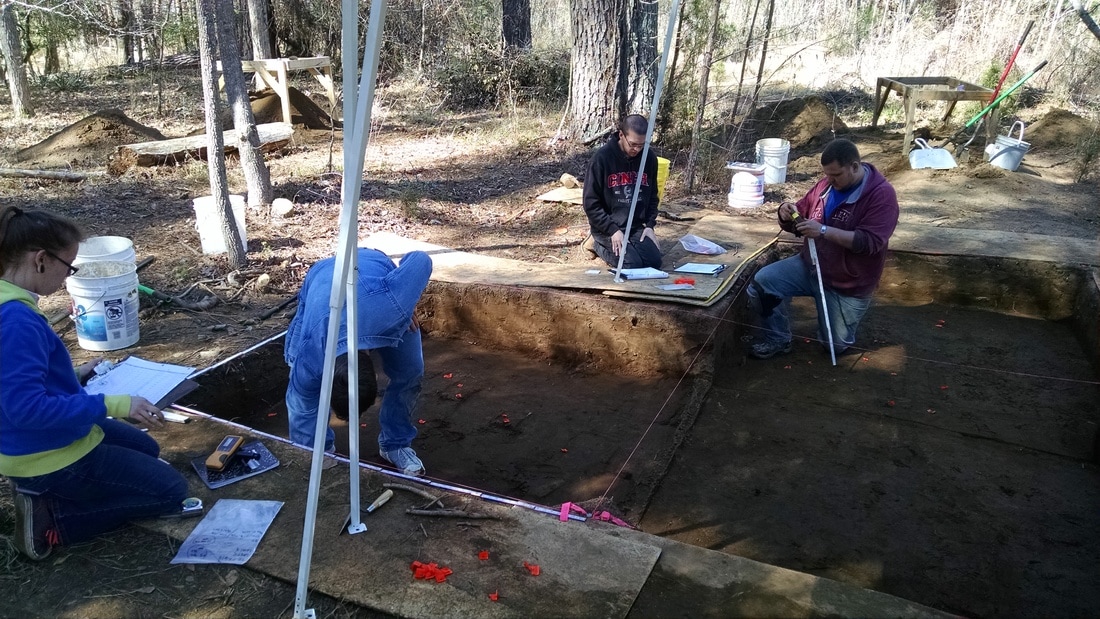
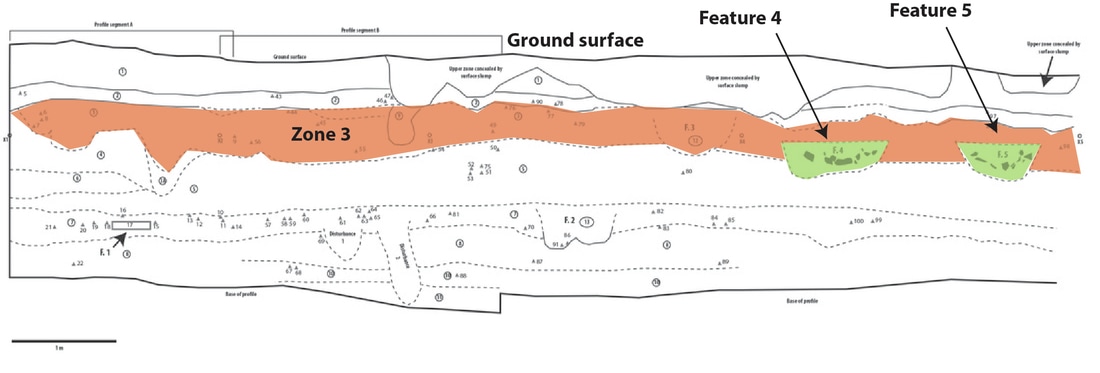
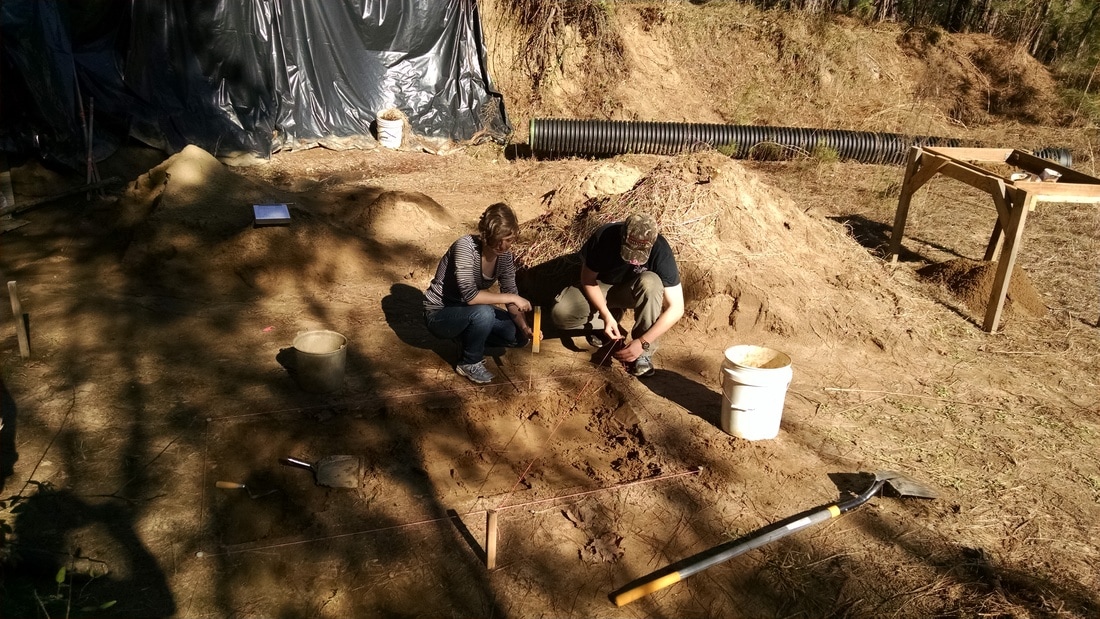
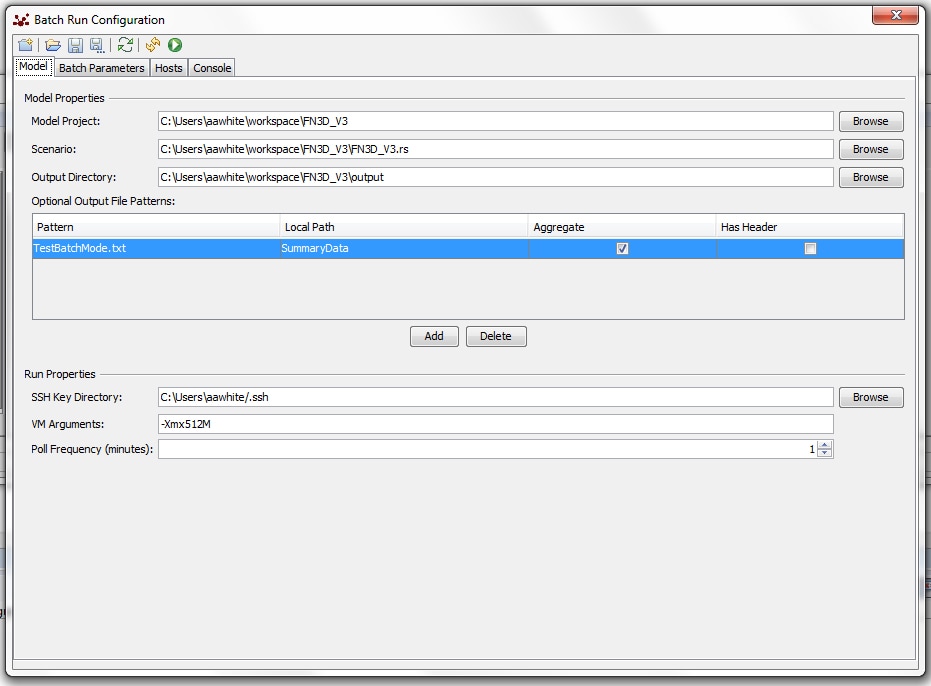
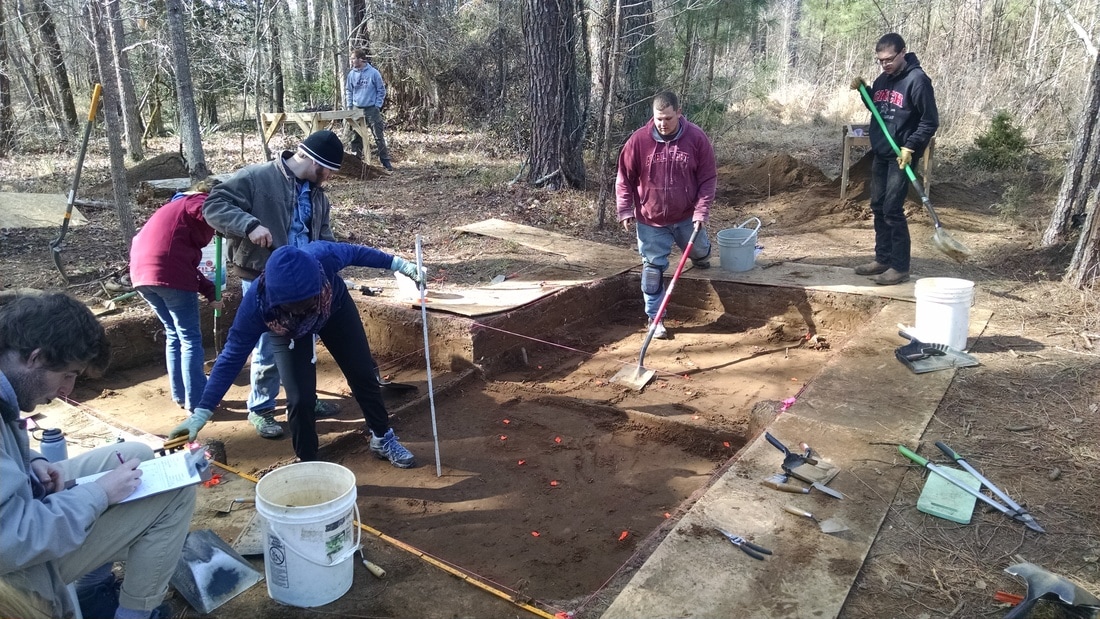
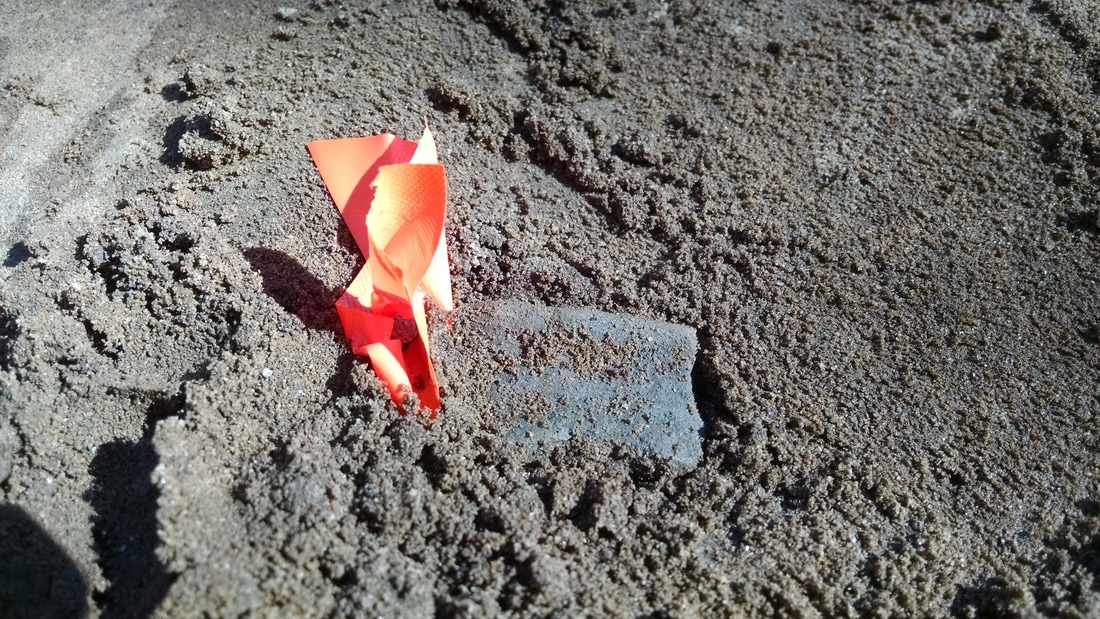
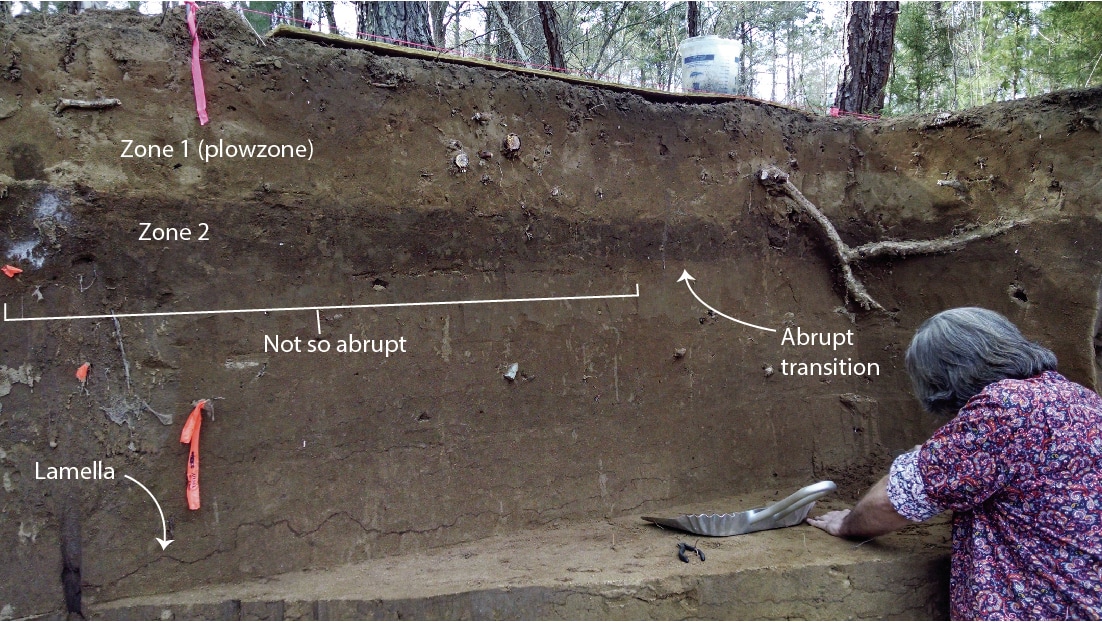
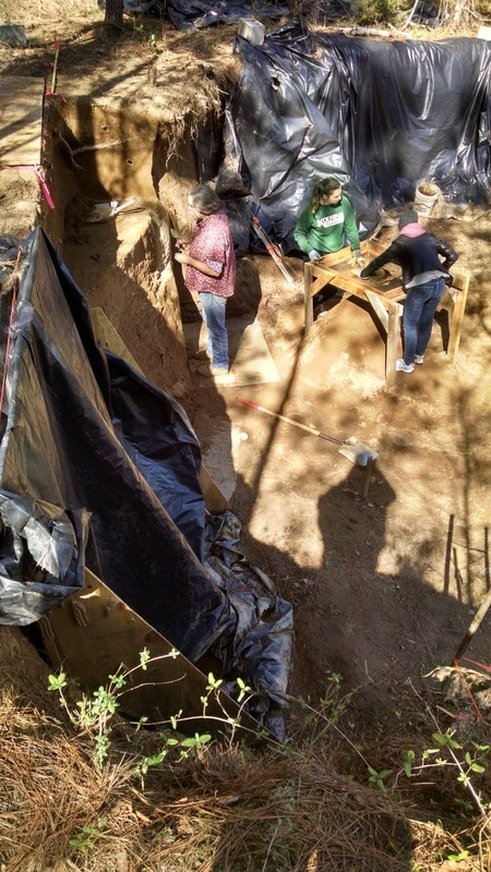
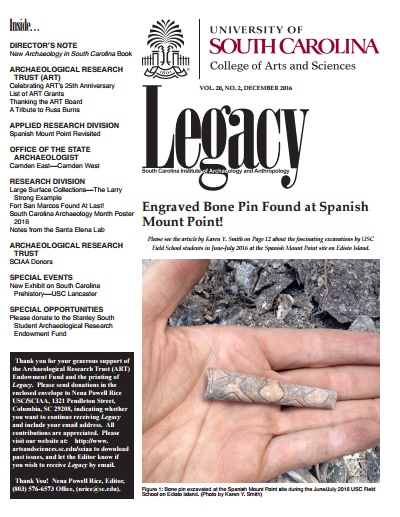
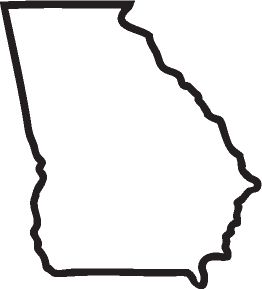

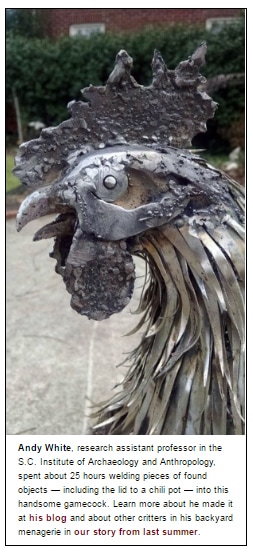


 RSS Feed
RSS Feed
